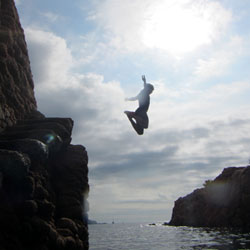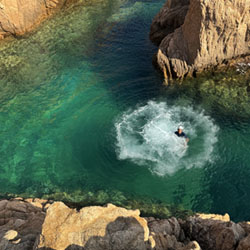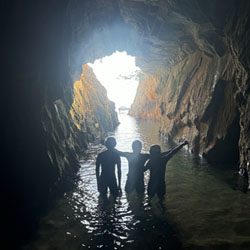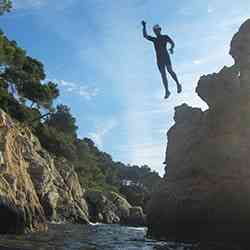Snowshoes
Latest from X: Snowshoeing enthusiasts share spectacular winter trails and gear tips inspiring new adventurers to explore snowy landscapes with ease #Snowshoes
Snowshoes: History and Purpose
Snowshoes are specialized footwear designed to distribute the weight of a person over a larger surface area, preventing sinking into deep snow during winter travel. Originating thousands of years ago, indigenous peoples across North America and Eurasia developed early snowshoe designs tailored to their environments. These early tools evolved from wooden frames with rawhide lacings to modern lightweight materials.
Snowshoes enable hikers, hunters, and explorers to traverse snowy terrain efficiently and safely. Their design reduces effort in deep snow, making winter wilderness more accessible for both practical travel and recreational activities like snowshoe hiking and racing.
Types and Design of Modern Snowshoes
Contemporary snowshoes come in varied styles suited for different uses. Recreational snowshoes typically feature wide, lightweight frames ideal for flat or gently rolling terrain. Trail or hiking snowshoes offer enhanced traction and control with crampons and rigid frames for steeper inclines. Racing models prioritize minimal weight and streamlined shapes for speed.
Materials include aluminum, plastic decking, and synthetic fabrics with bindings designed to accommodate various boot types and movements. Advanced models incorporate adjustable bindings and heel lifts to reduce calf fatigue on climbs. Size selection depends on user weight, including gear, and snow conditions ensuring optimal flotation and maneuverability.
Snowshoes Benefits and Safety Tips
Snowshoeing provides an excellent cardiovascular workout with low joint impact while immersing adventurers in serene wintry landscapes. It offers a versatile activity suitable for all ages and fitness levels. Proper layering and footwear paired with snowshoes enhance comfort and safety in cold conditions.
Safety recommendations include checking weather and avalanche forecasts, traveling with companions, and carrying emergency gear. Guidance on technique—such as shorter strides and balanced posture—improves efficiency and reduces injury risk. Snowshoeing fosters connection to nature while promoting physical and mental well-being during winter months.

Coasteering Challenges on the Costa Brava
Experience the adrenaline of cliff jumps, sea cave exploration, and coastal routes guided by Aventura Girona’s experts. Choose your challenge level and discover adventure like never before.
Discover Top Insights & Trending Strategies
Stay ahead of the competition with insights in digital marketing, SEO, and medical innovation. Empower your brand with expert-driven updates and strategies.
Latest News Highlights
Follow exclusive stories and market insights curated by analyst Alex Costin, covering entrepreneurs and upcoming success stories.
Explore NewsVoice Search Mastery
Unlock 2025’s most effective voice SEO and AI optimization strategies for dominating results across Siri, Alexa, and Google Assistant.
Optimize VoiceBarcelona Market Trends
Discover the latest marketing trends and emerging business opportunities shaping Barcelona’s dynamic economy.
View TrendsTraumatology Expertise
Connect with Barcelona’s top-rated traumatologists and learn about cutting-edge treatments and rehabilitation techniques.
Learn More


